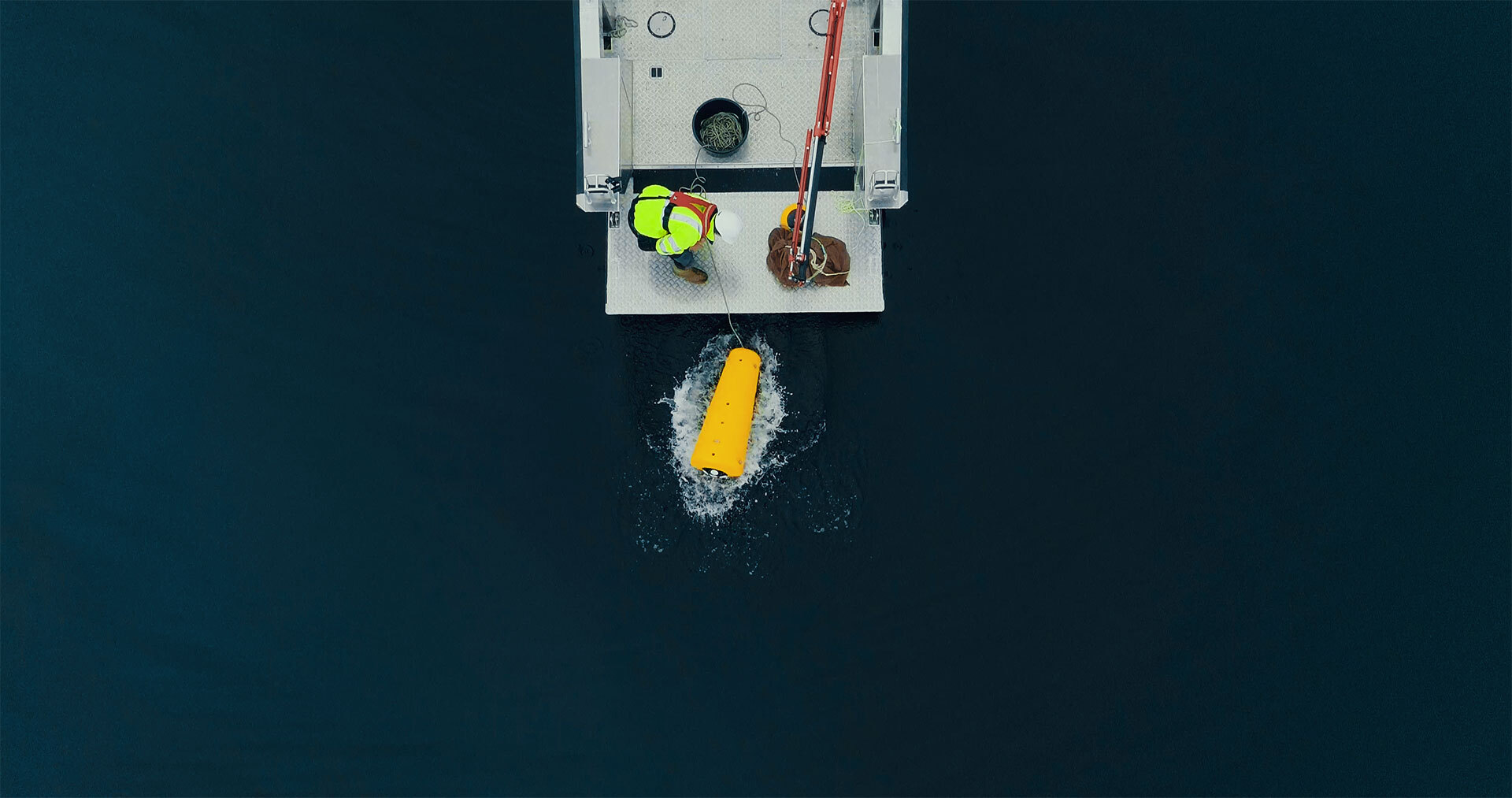Knowledge center
New to subsea navigation?
Subsea navigation can be a challenging endeavor requiring highly specialized solutions. Here we explain, in straightforward terms, what it entails…
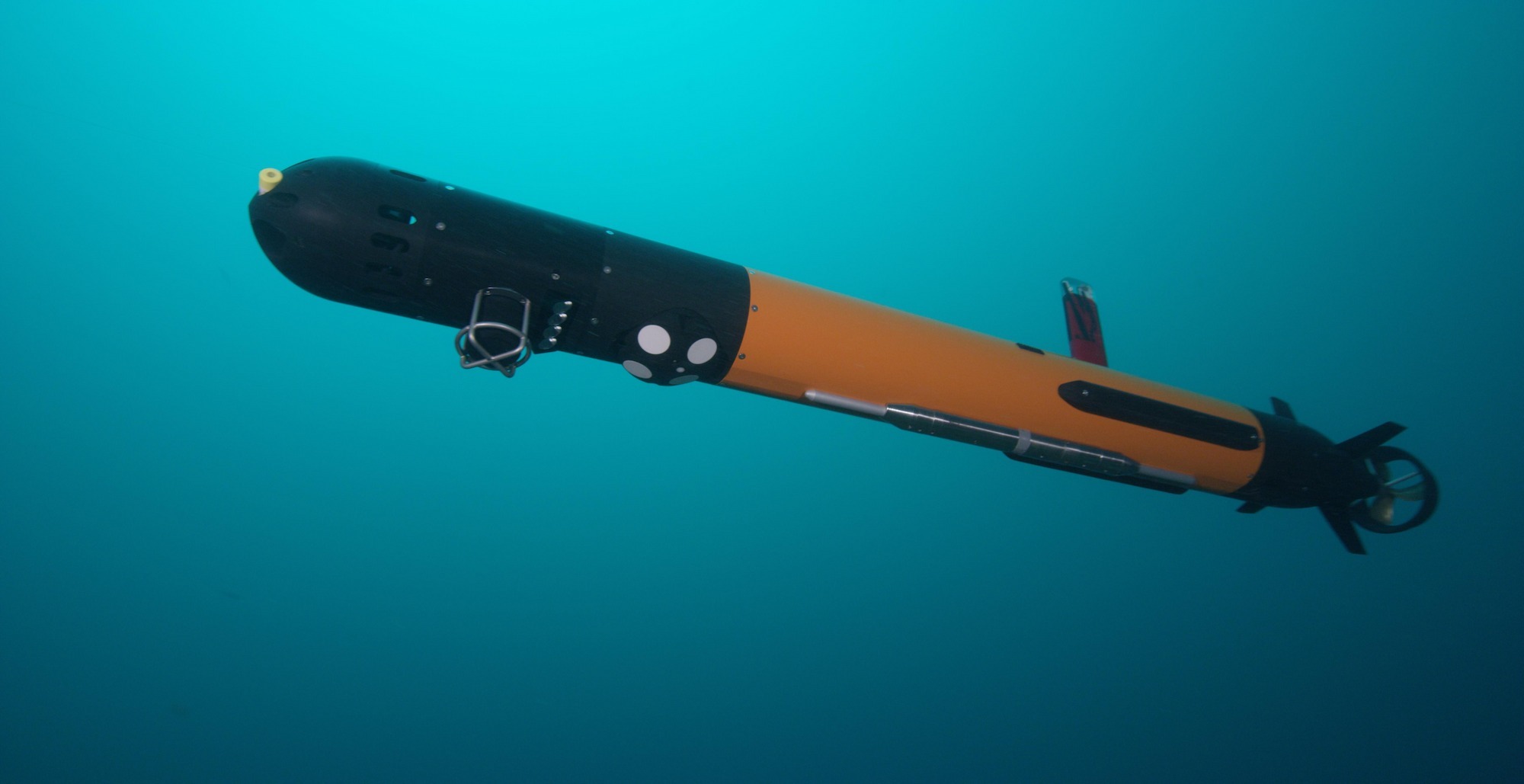
Understanding ADCPs: a guide to measuring currents, waves & turbulence with acoustic sensors
The purpose of this guide is to give you some background information about Doppler technology and the science behind it. This will help you to get…
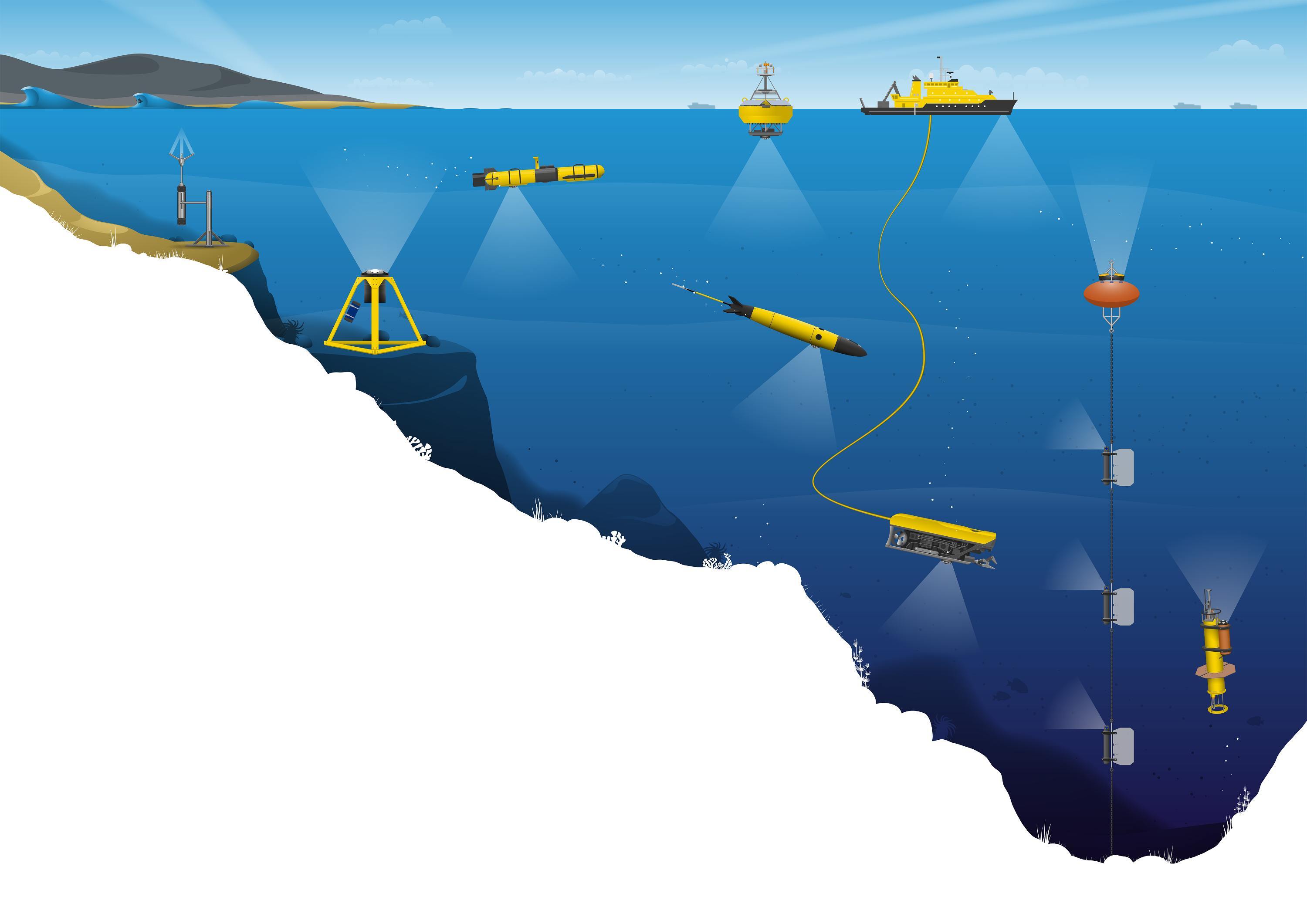
Your guide to understanding and measuring ocean waves
This in-depth guide is designed for those who want to learn about waves in the ocean and how to measure them. After reading it, you should be able to…
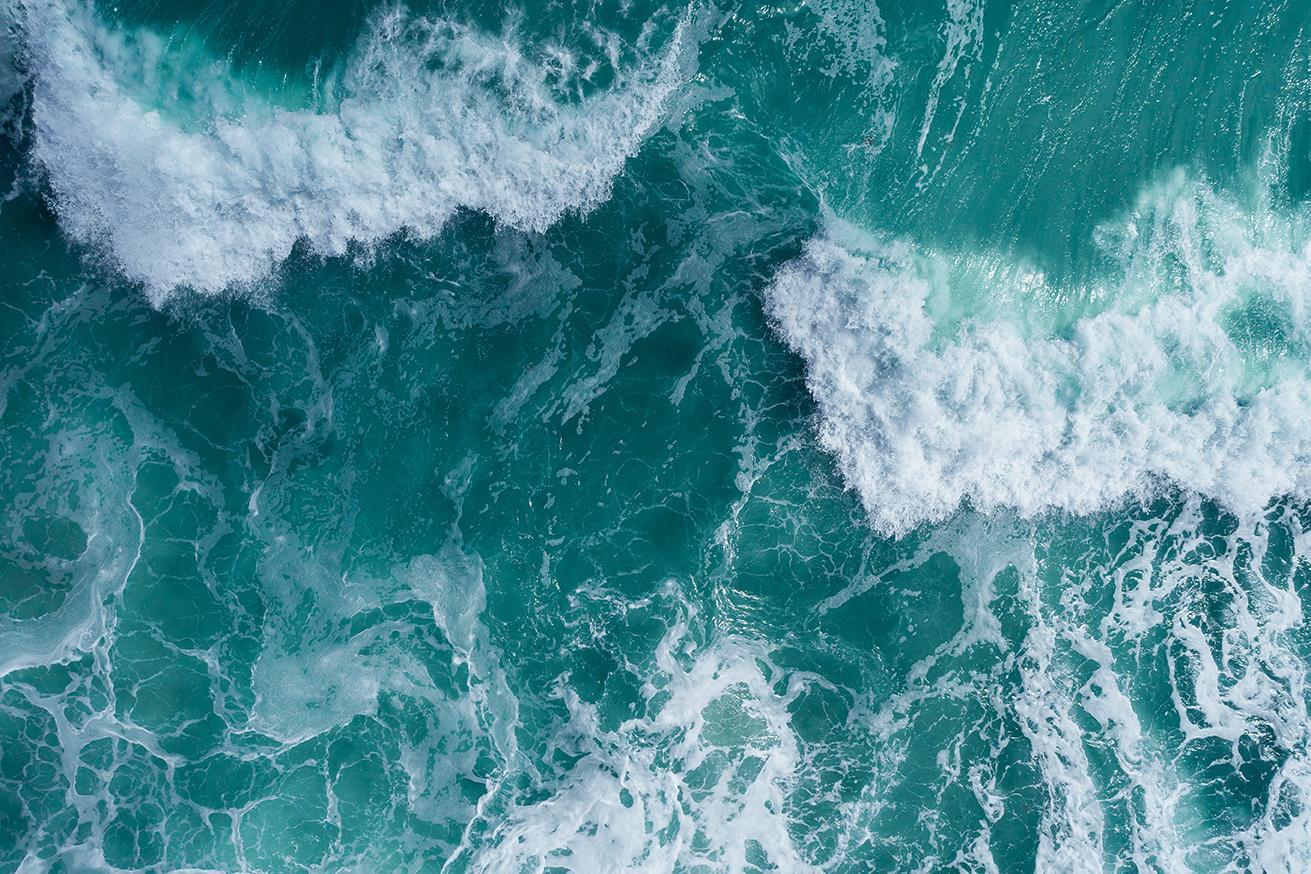
Understanding vessel-mounted current measurement
Acoustic Doppler Current Profilers (ADCPs) measure the complex movements of currents in oceans, rivers and lakes with great accuracy. Traditionally,…
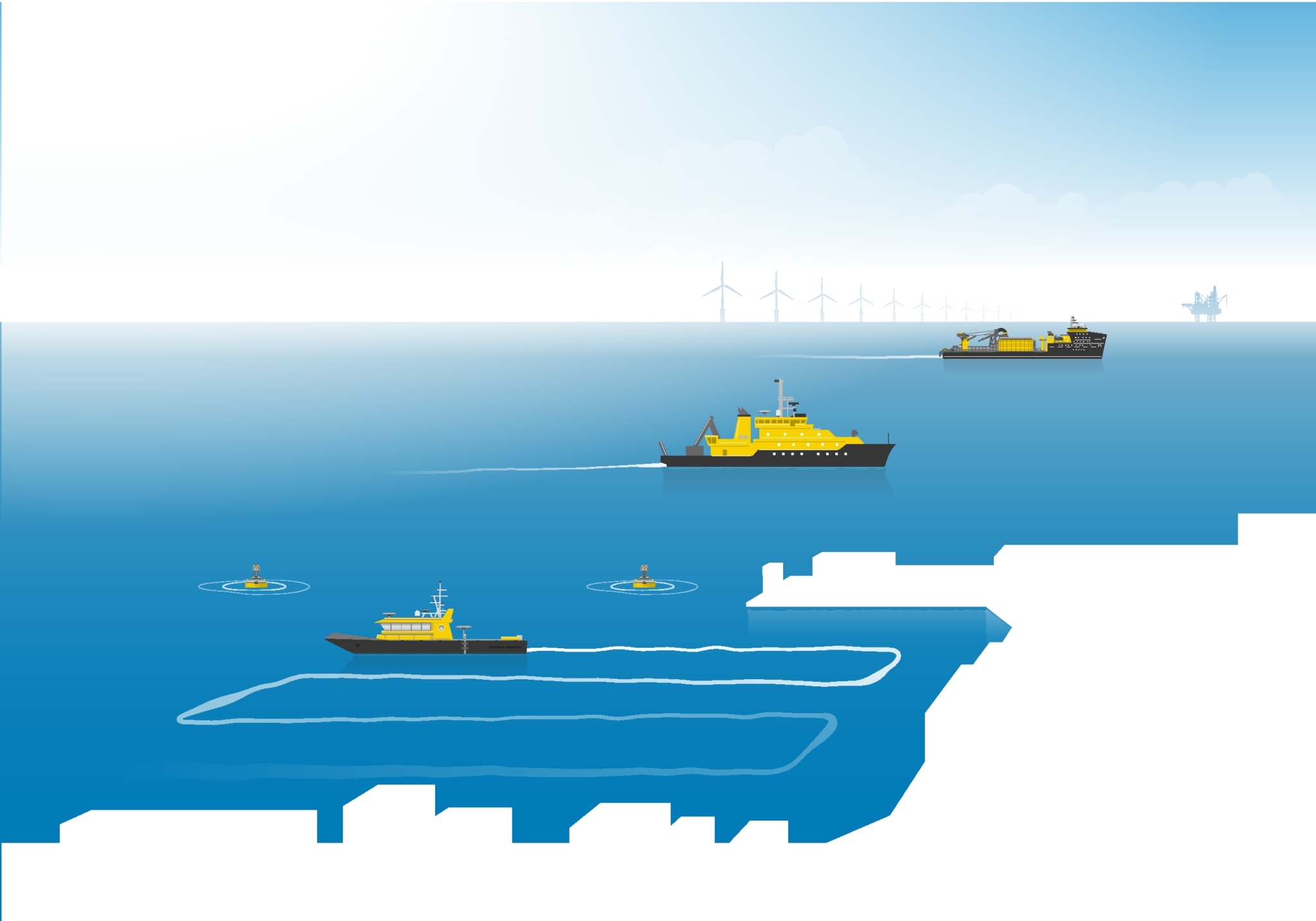
Three-year current study offers insight into Antarctic ice melting
Researchers at the University of Bergen recently recovered a Signature 55 Acoustic Doppler Current Profiler (ADCP) from the Weddell Sea as part of a…
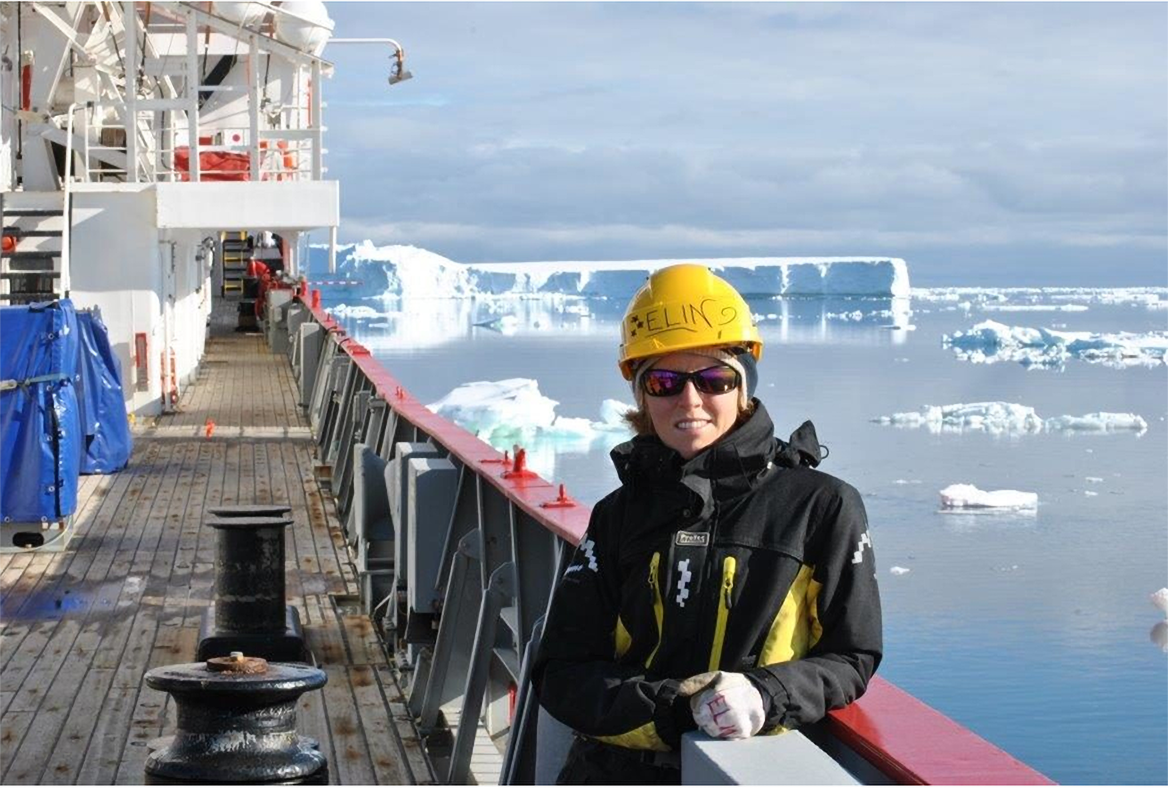
Ensuring reliable navigation for divers during tactical missions
Blueprint Subsea and Nortek are working together to ensure divers stay on course when GNSS signals disappear beneath the surface, where navigation…
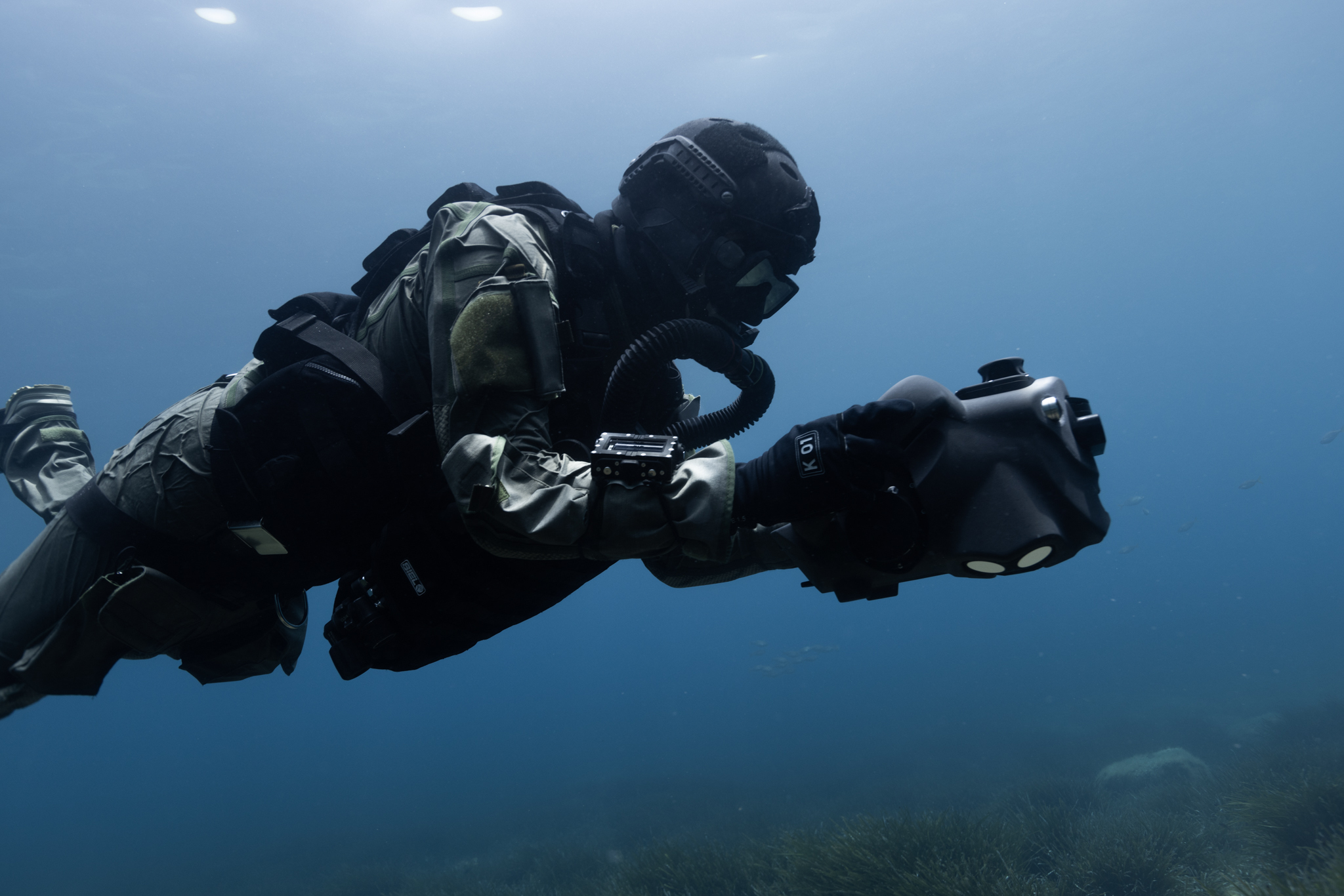
VideoRay relies on Nortek DVLs for trusted performance in high-stakes missions
VideoRay’s Mission Specialist Defender ROV, the industry standard ROV for use in defense applications including explosive ordnance disposal (EOD),…
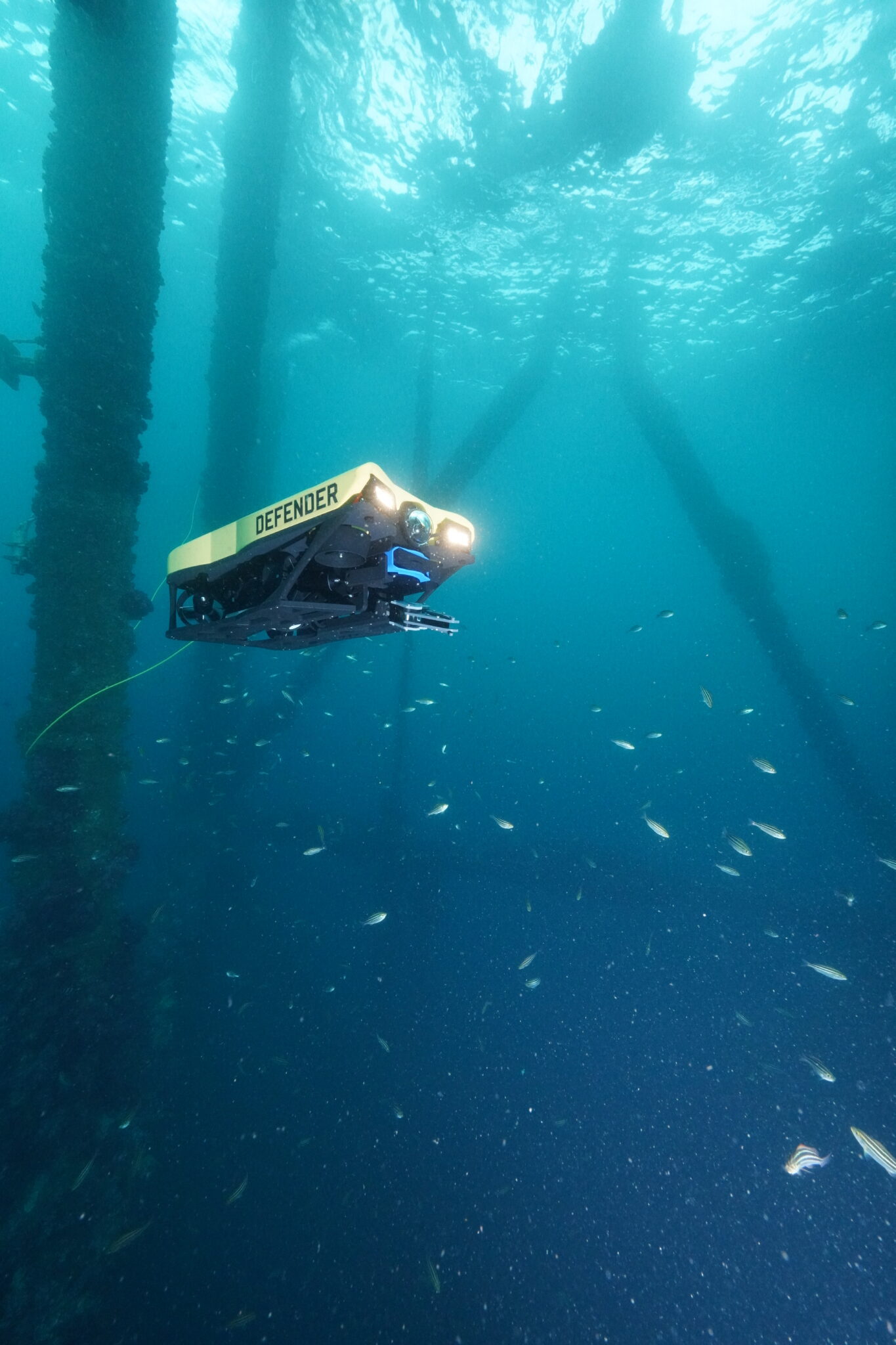
Nortek Nucleus supports University of Sydney AUV in coral reef photogrammetry project
In a collaboration between the Norwegian University of Science and Technology (NTNU), University of Sydney, California Academy of Sciences…
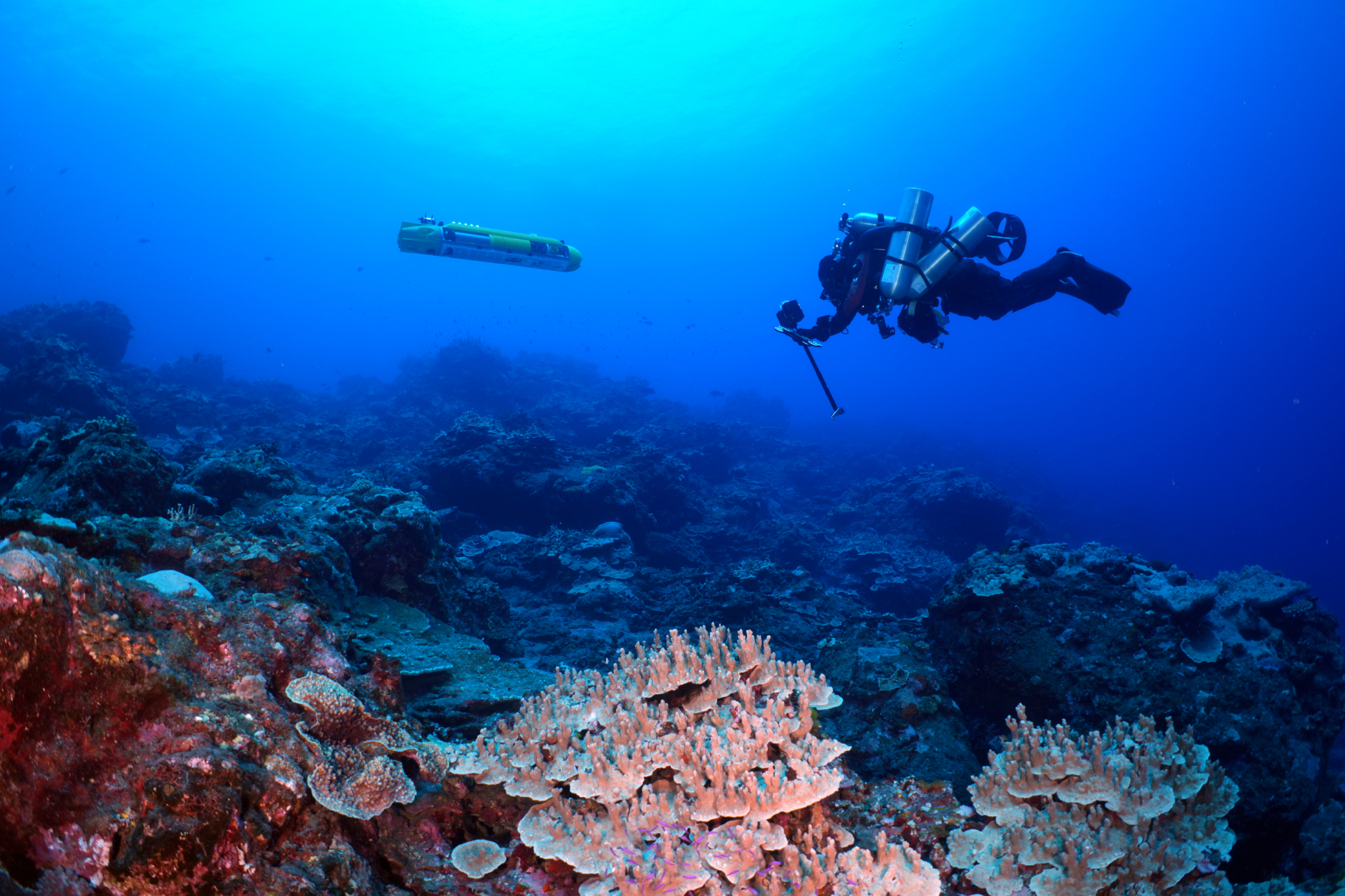
The Great Bubble Barrier relies on data from Nortek current profiler
Amsterdam-based company The Great Bubble Barrier installs inventive bubble curtains that filter plastic litter and microplastics from the water…
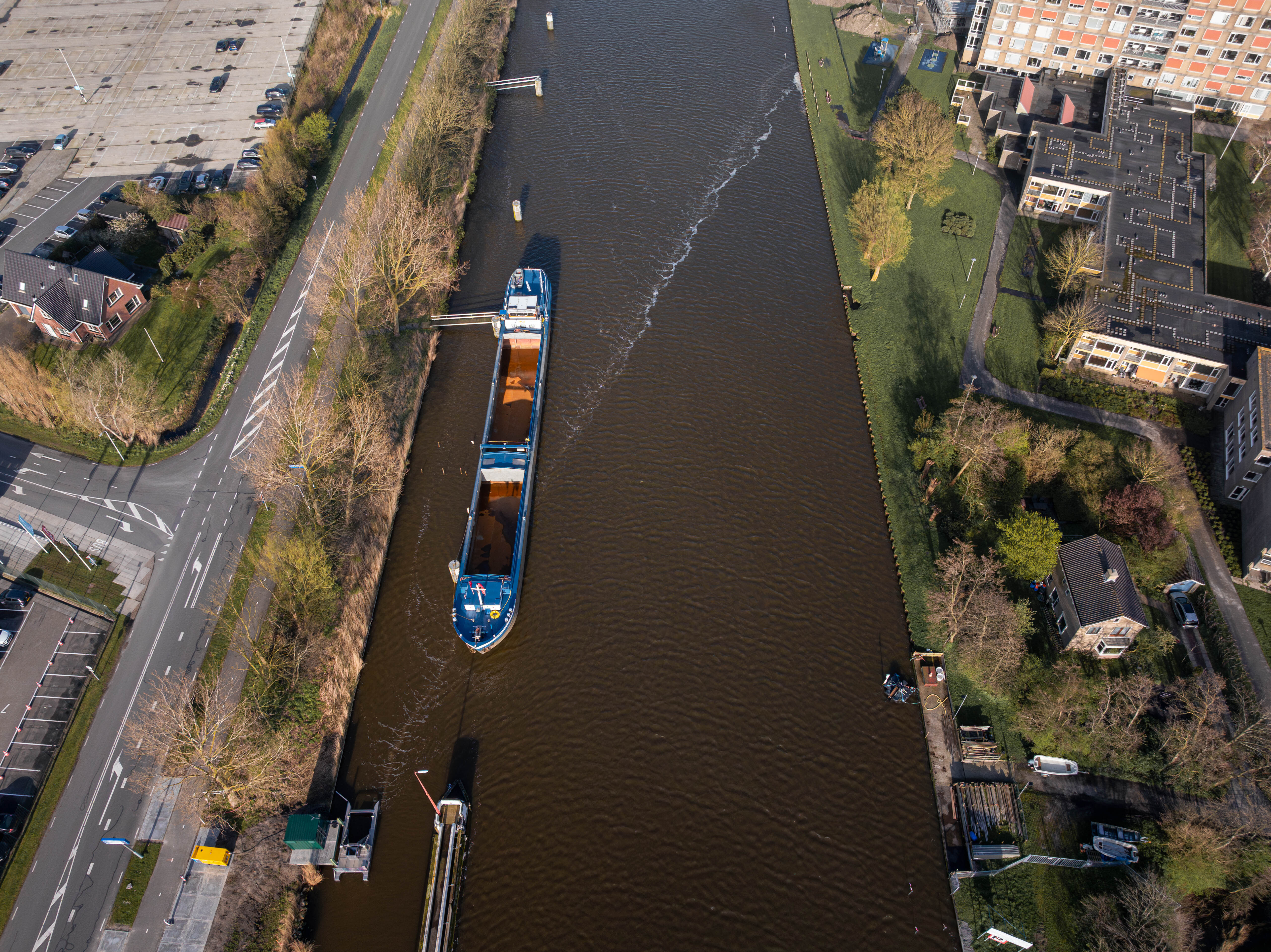
Signature ADCPs used in offshore wind site surveys
Irish company Green Rebel specializes in collecting geophysical and metocean data in areas slated to become wind farms. Their floating Lidar buoys,…
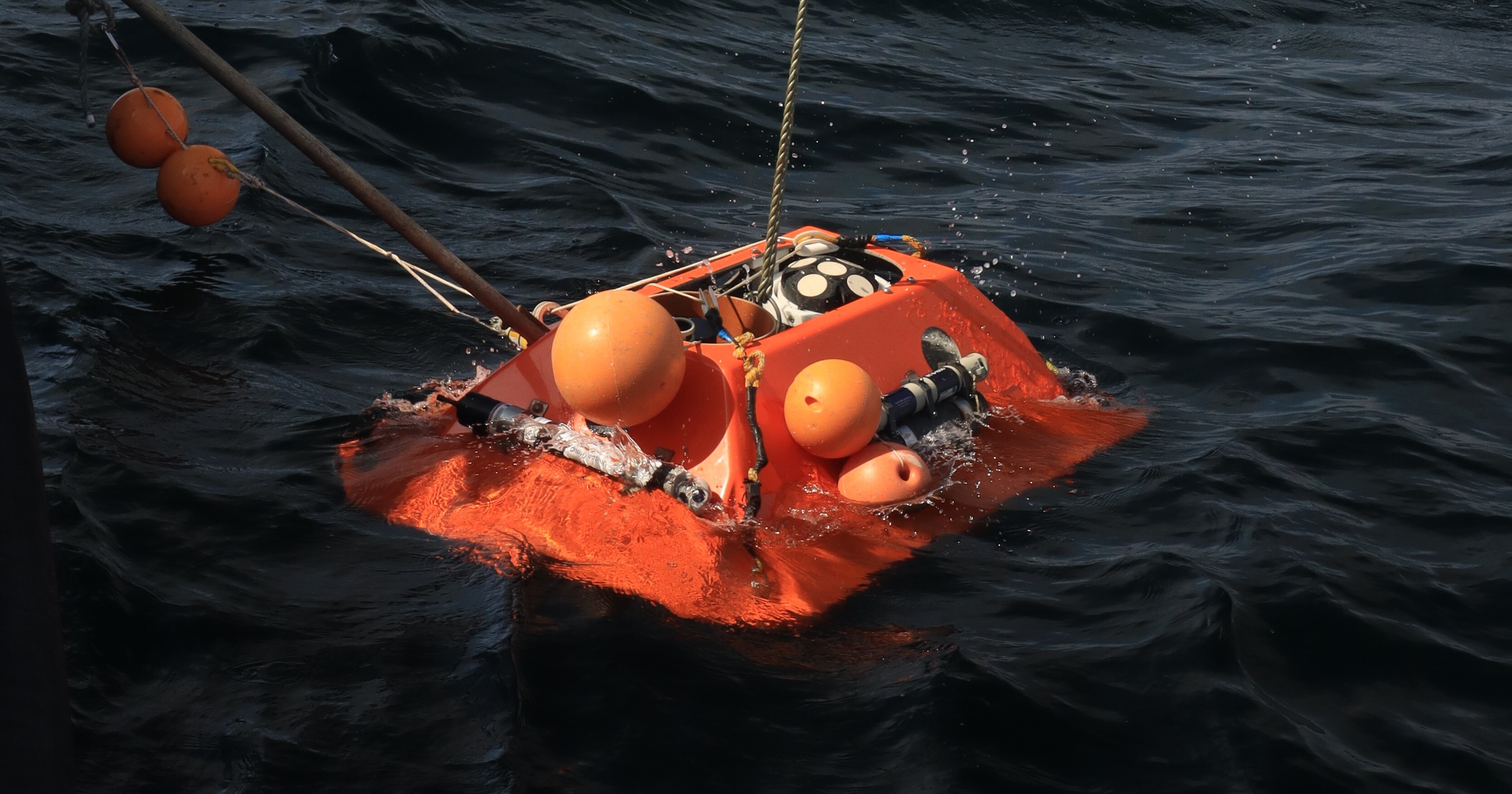
Subnero: Using acoustic modems with ADCPs
In this video series, Subnero explains the benefits of acoustic smart modems and how their SWIS-ADCP Edition is used with Nortek ADCPs.
